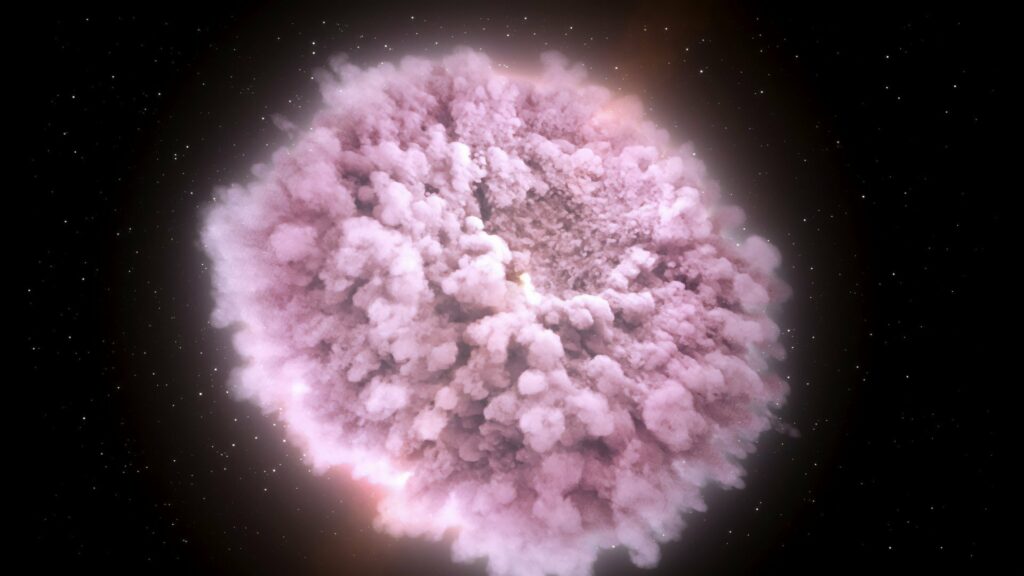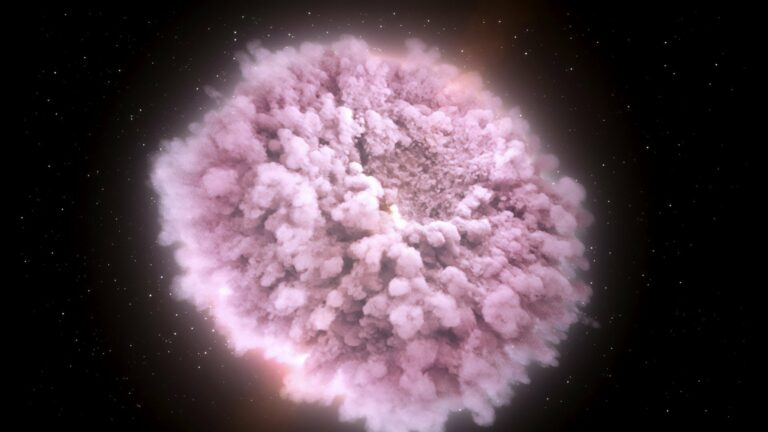Novel Methodology Sets the Stage for Enhanced Nuclear Waste Treatment Facilities
Nuclear power is often seen as a viable solution to reduce reliance on fossil fuels, but the issue of handling nuclear waste remains a challenge. The transformation of radioactive waste into more stable elements is a potential solution, although it is not currently feasible on a large scale.
A recent study conducted by physicists at the University of Tokyo has shed light on a more precise method to measure, predict, and model a crucial part of the process involved in stabilizing nuclear waste. This breakthrough could pave the way for improved facilities for treating nuclear waste and even contribute to new theories about the origins of certain heavy elements in the universe.
The term “nuclear” can evoke strong emotions, particularly in Japan, where historical events like the atomic bomb and the Fukushima disaster have left a lasting impact. However, due to limited space for renewable energy sources such as solar or wind power, nuclear energy is considered a crucial component in the journey towards decarbonizing the energy sector.
Consequently, researchers are diligently working to enhance the safety, efficiency, and various other aspects of nuclear power. Associate Professor Nobuaki Imai and his team from the Center for Nuclear Study at the University of Tokyo believe they can make valuable contributions to the advancement of waste processing, a critical aspect of nuclear power.
In simple terms, nuclear power operates by utilizing self-sustaining nuclear decay reactions to generate heat, which in turn boils water and drives turbines. However, this process inevitably results in the production of unusable radioactive waste. As Imai explains, “The challenge lies in finding a way to effectively manage this waste and render it harmless.”

Transmutation offers a promising solution to the long-lasting problem of radioactive waste. Unlike nuclear decay, transmutation involves adding a neutron to an unstable element, transforming it into a slightly heavier and potentially more stable form. This process has the potential to render radioactive waste safer and easier to manage.
The inspiration for this idea came from the study of colliding neutron stars, which provided valuable insights into neutron interactions and their ability to modify other elements. By focusing on the behavior of selenium, a common nuclear waste product, when bombarded by neutrons, researchers were able to develop a technique to predict transmutation and understand how materials absorb neutrons. This knowledge can greatly contribute to the design of future nuclear waste transmutation facilities.
Although direct observation of transmutation is challenging, researchers can indirectly measure its occurrence by observing the amount of a sample that remains unchanged. By accurately estimating the extent of transmutation through careful readings, scientists can further refine their understanding of this process.
Imai expressed his confidence in the accuracy of our measurements in reflecting the actual rate of transmutation of unstable selenium into a more stable form. He further mentioned our plans to extend these measurements to other nuclear waste products. The hope is that this knowledge will contribute to the development of nuclear waste treatment facilities in the future, in conjunction with other necessary areas of expertise.
In addition to our primary goal of enhancing nuclear safety, it is intriguing to note the interconnectedness between our research and astrophysics. The inspiration for our work stemmed from the collision of neutron stars, and its implications extend to the field of astrophysics. Our research has the potential to influence how astrophysicists search for indications of nuclear synthesis, which involves the formation of elements in stars. This understanding is crucial in unraveling the origins of elements heavier than iron, including those that play a vital role in supporting life.
This article is republished from PhysORG under a Creative Commons license. Read the original article.
Do not forget to share your opinion with us to provide you with the best posts !




0 Comments